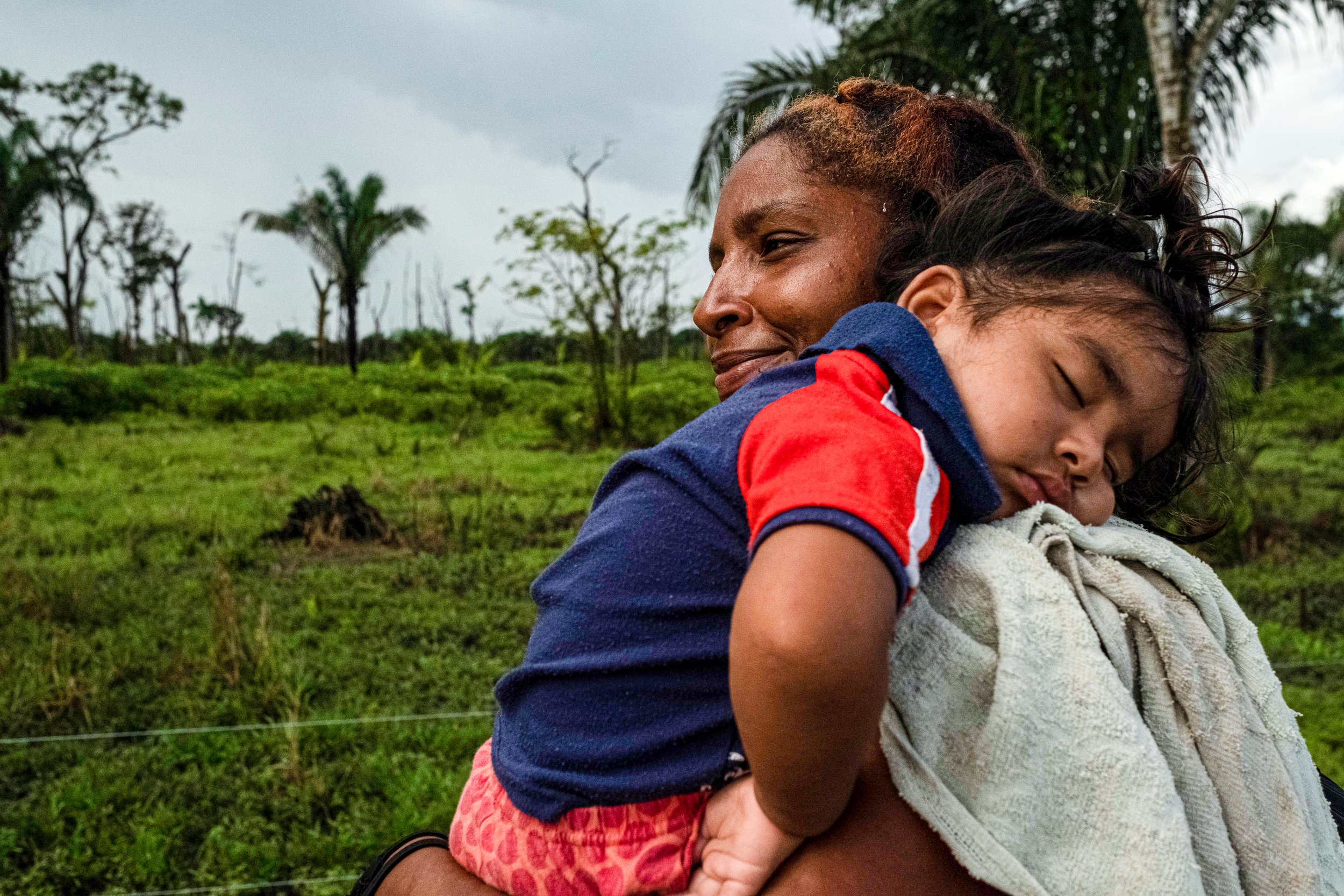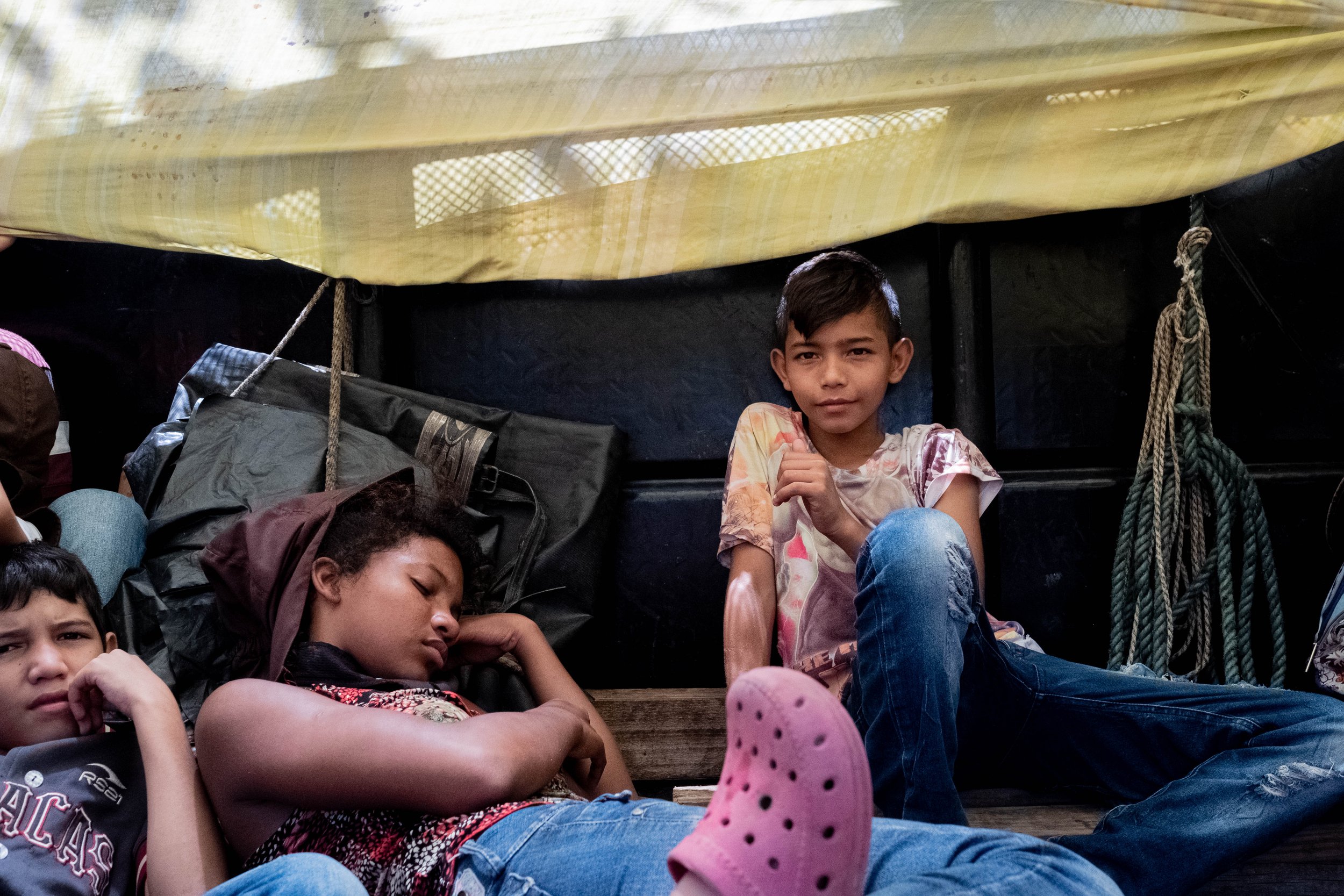"Caminantes" walkers
Latin America and the Caribbean are experiencing the largest flow of migrants and refugees in their history. Since 2015, over seven million people have fled Venezuela, with more than 2.8 million seeking refuge in Colombia. The COVID-19 pandemic further exacerbated existing inequalities, increasing the vulnerability of refugees and migrants. The impact on their living conditions, dignity, and health—as well as that of their host communities, particularly in Colombia—has been profound.
The ongoing humanitarian crisis in Venezuela continues to force citizens to flee, seeking refuge across Latin America or attempting the perilous journey through the Darién Gap—one of the most dangerous migration routes in the world. This treacherous passage, connecting South and Central America, has claimed thousands of lives as migrants risk everything in pursuit of the so—called “American dream.”
On Colombia’s highways, Venezuelan migrants known as caminantes—which translates to “walkers”—frequently encounter heavy cargo trucks and dangerous traffic. Many rely on hitchhiking, often riding in the backs of trucks with little to no safety measures. While this form of travel is crucial, it raises serious concerns, especially for those traveling alone, as well as for women and children. Even migrants traveling in groups have little control over their destination or safety when relying on passing vehicles.
With limited resources, many caminantes walk hundreds of kilometers facing extreme dangers, including extortion, exploitation, physical and sexual violence, and lack of access to aid. Reaching them remains a challenge for humanitarian organizations due to restricted access to Venezuela and conflict-affected areas in Colombia, further complicating efforts to provide critical assistance.
Expanding access to low-cost transportation, financial aid, or bus travel vouchers, along with humanitarian transport initiatives, could significantly reduce the number of caminantes forced to walk under life.threatening conditions. Additionally, they urgently need safe shelter, food, clean drinking water, hygiene supplies, and medical care.
In documenting the journeys of the caminantes, Ana María have witnessed the indomitable human spirit—resilience in the face of adversity and the relentless pursuit of hope. These photographs offer a glimpse into the lives of those who have walked countless kilometres, braved perilous routes, and faced unimaginable challenges.
As she concludes—for now—this visual narrative, Ana María invites you to reflect on the strength of those who embark on these arduous journeys, leaving behind the familiar for the unknown. May their stories serve as a powerful reminder of the enduring human capacity for hope, compassion, and solidarity.














